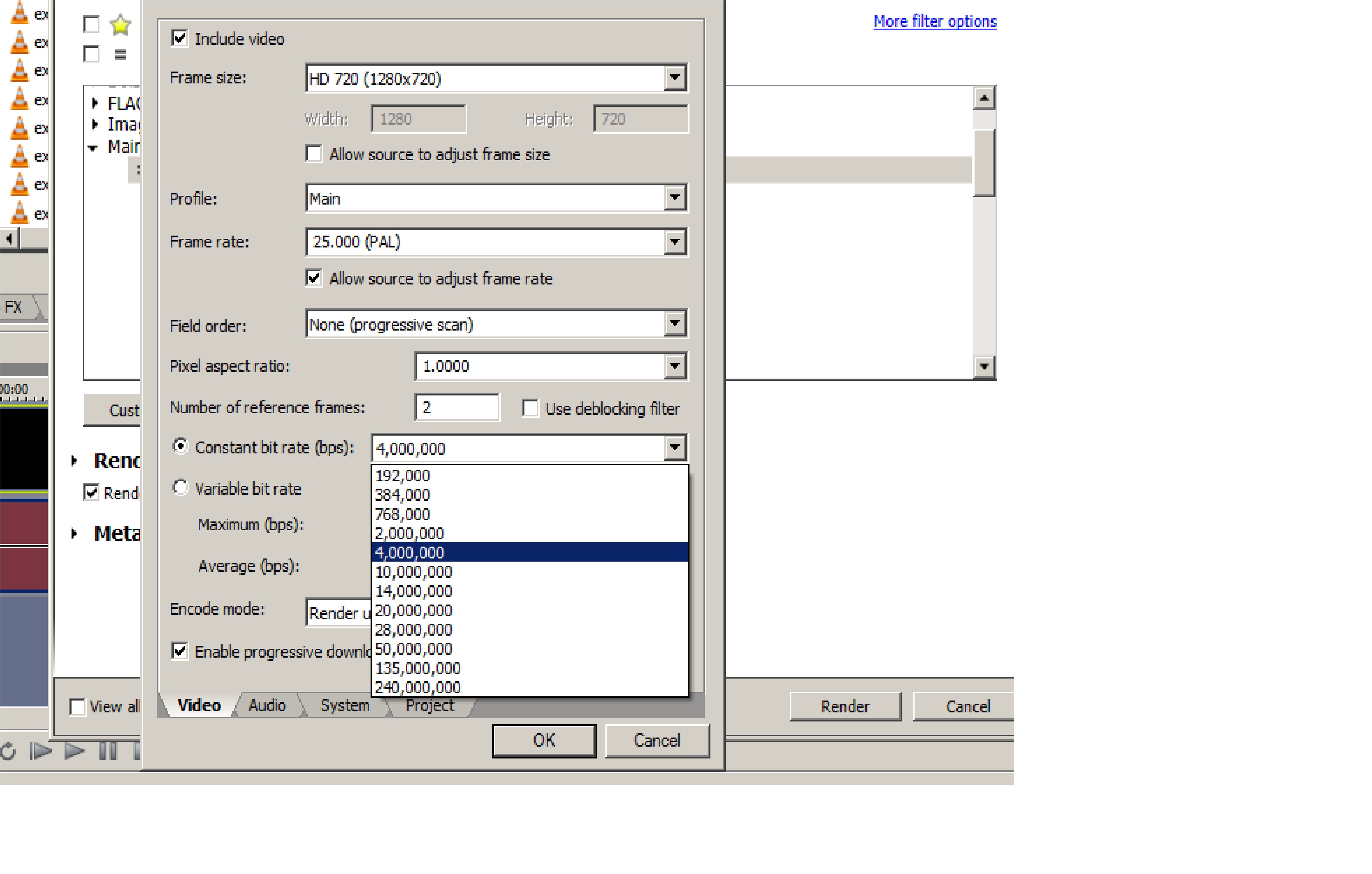

When packet marking is used, the marked packets are sometimes sent at lower priority, and sometimes are dropped preferentially by some downstream router. The first option here is often called shaping the second, more authoritarian option is sometimes known as policing. delay the packet until the bucket is ready.If a packet does not meet the token-bucket specification, it is non-compliant we can do any of the following things: The implemented token-bucket specification is often called a token-bucket filter. The latter option is generally what we want, and the solution is to define A’s quota in terms of a token-bucket specification, which allows for specification of both an average rate and also a burst capacity. If the following packet then arrives on time at T=7, does this mean it should now be held until T=7.5, etc? Or do we allow A to send one late packet at T=6.5 and the next at T=7, on the theory that the average rate is still 1 packet/ms? Suppose A has been dutifully submitting packets at 1ms intervals and then the packet that was supposed to arrive at T=6ms instead arrives at T=6.5. We could simply wait 1 ms after each of A’s packets begins transmission, before the next can begin, but this may be too strict.


The catch is that we want the flexibility to allow A’s packets to arrive at irregular intervals. We might do this, for example, because A is paying a reduced rate, and any excess available bandwidth is to be divided among the other senders. We could use fair queuing and give sender A a bandwidth fraction of 25%, but suppose we do not want A ever to get more bandwidth than 1 packet/ms. Suppose the outbound bandwidth is 4 packets/ms and we want to allocate to one particular sender, A, a bandwidth of 1 packet/ms. Token bucket does not: the bandwidth a sender is allocated is a bandwidth cap. The main practical difference between fair queuing and token bucket is that if one sender is idle, fair queuing distributes that sender’s bandwidth among the other senders. The token-bucket algorithm provides an alternative to fair queuing ( 23.5 Fair Queuing) for providing a traffic allocation to each of several groups.


 0 kommentar(er)
0 kommentar(er)
